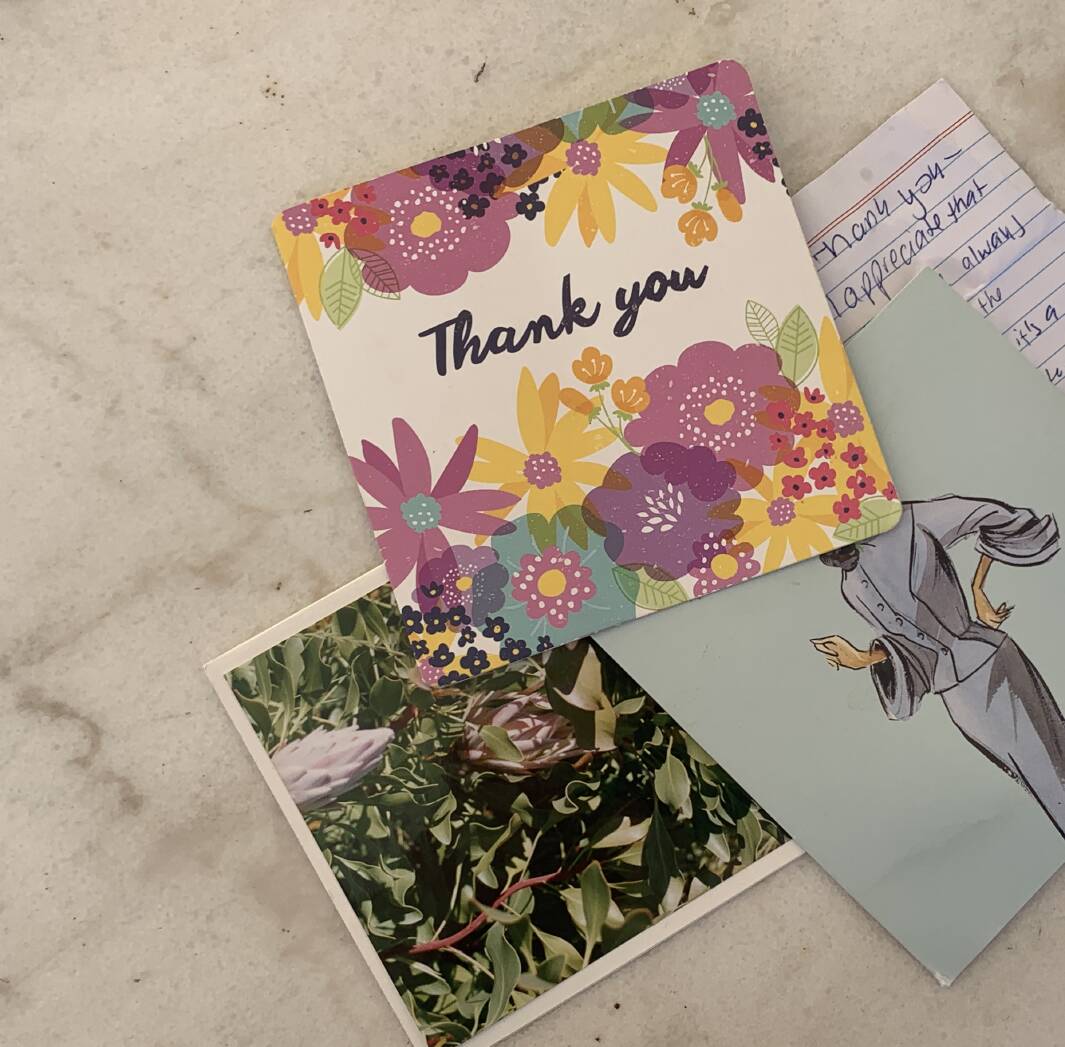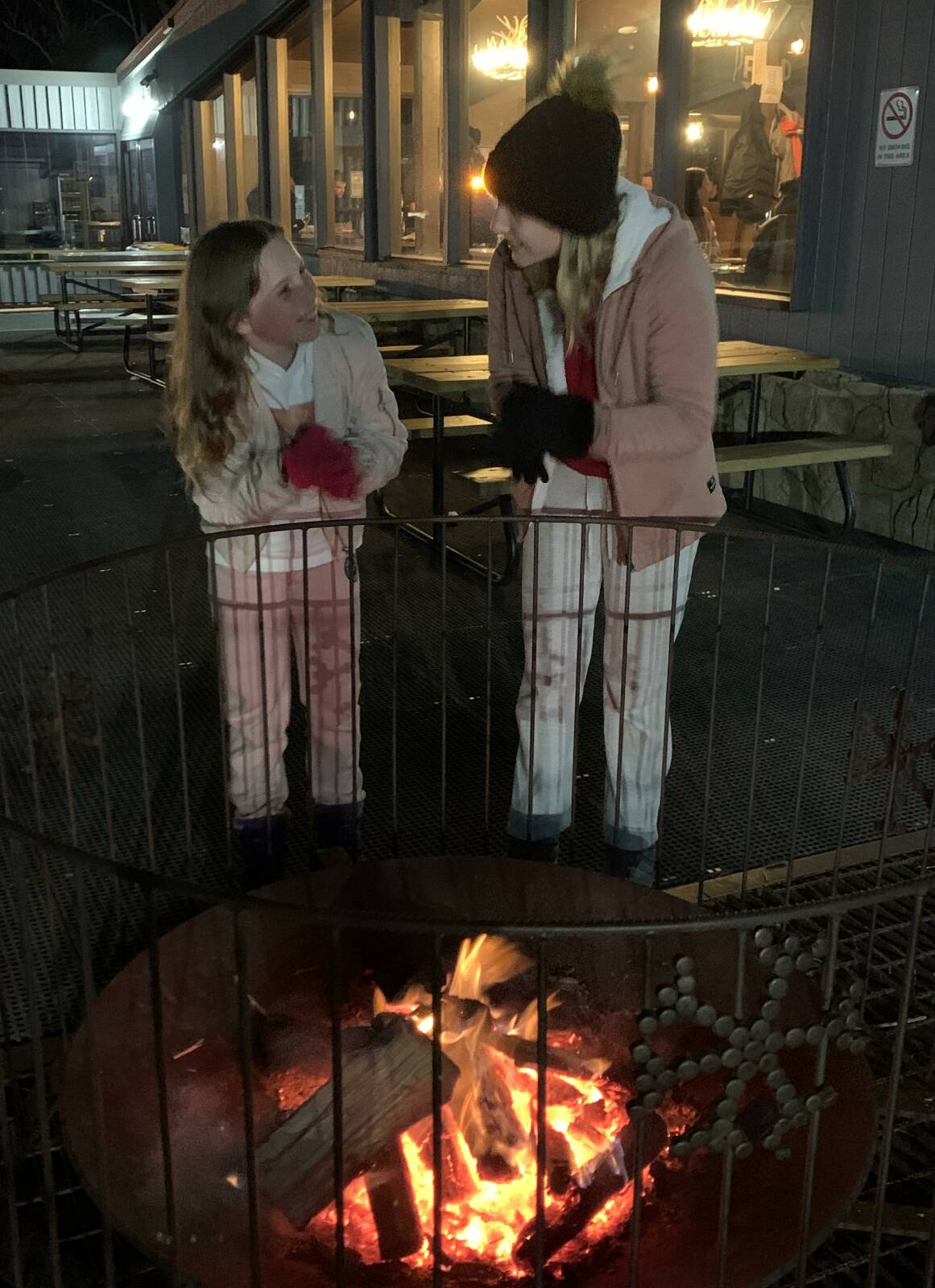
There's something about Braidwood that keeps luring me there.
I've made the pilgrimage to explore the heritage-listed town so many times in the last few years that at least one of my friends erroneously thought I had ulterior motives. When he recently invited me over for a beer, I thought it was to watch the footy. But he actually cut straight to the chase "So spill the beans, what's the name of the lady in Braidwood you're having an affair with?" he deadpanned. Really!
So many Canberrans treat Braidwood as little more than a glorified pitstop for a coffee or milkshake before tackling the Clyde. But for me, Braidwood, which during its heyday in the mid to late 1800s was home to many more than its current 1500 down-to-earth residents, is so much more than this. It's a place where I wish I lived.

I'm genuinely jealous of the sense of community, the rich colonial history and those stately 19th-century buildings that flank both sides of the main street. You've got to love the three-storey Victorian "pink pub" with its impressive cast iron columns and balconies with decorative lace work (it once boasted one of the biggest ballrooms outside of Sydney) that holds up the corner on the northern entrance to town. And how about those stately Doric columns on the Federation-style Court House - you've got to wonder about the long list of felons who've leaned against them while waiting for their case to be heard.
But I'm not just tempted by the drool-worthy architecture, it's the people squirrelled away inside, behind the imposing facades. People like former Braidwood teacher cum historian Jill Clarke and bushranger authority Peter Smith who you'll find poring through old manuscripts, photos, and artefacts in the town's TARDIS-esque museum. Both will answer your questions about Braidwood's colourful past with unbridled passion and a rare appreciation of a sense of place.
Further up the main street opposite the bakery is the National Theatre with its dedicated volunteers who keep the building ticking over with an incredibly eclectic wide range of events. Last year, I pulled up a pew here to watch a locally made film only to find Keith Potger of The Seekers fame take the stage for an impromptu pre-show performance. Turns out he loves Braidwood too.

Then there's the friendly folk in the pubs, not jeering or judging but happy to pull up a bar stool and have a chat about the pub's colourful past. Take The Royal Mail as an example. While publican Jamie Raynolds regales you with stories of the day Mick Jagger came to town in 1969 to film Ned Kelly, his daughter Bonnie and granddaughter Gracie will openly share ghostly yarns which have earnt this pub a reputation as one of the country's most haunted. No painted-on platitudes here.
I'm also attracted by the smiles on the faces of locals who don't know you from a bar of soap, that makes the walk up the main drag so different to a stroll through the sea of predominantly frowning faces in a Canberra mall. Free spirits like sign-writer Melanie Cansell who, last week when I showed interest in her pet Australian white dorper cross sheep, stopped mid-job to pose for a photo. Oh, and she then did this for the next seven people who walked past.
Heck, even the miniature pony often found grazing outside the 'Old Gunsmiths' gives you a welcoming nod if you take the time to discover the town's back streets.

Then there are the general acts of kindness, like the group of ladies who leave books in plastic bags hidden around town for kids to read. It's a street library, Braidwood-style.
One lady who sums up this uplifting sense of community spirit is Margaret Tuckwell, who for the last five years has placed posies of flowers in public loos around town each week.
Margaret's life as "The Flower Fairy" began in secret back in 2017.
"There was a big event in town - and I thought I'd spruce-up the toilets in Braidwood Memorial Park (the ones near the playground on the left as you drive into town from Canberra) with some flowers from my garden," reveals Margaret.

Margaret repeated her covert flower operation a few months later during Braidwood's annual Airing of the Quilts festival and after hearing positive comments decided to continue. "It just felt like a good thing to do," she says.
Since then, Margaret has expanded her weekly flower drop to include 15 loos around town.
And people notice. Soon after she started placing small posies in plastic vases in the toilets opposite the bakery, people began leaving cards addressed to "The Flower Lady" at the nearby Visitor Information Centre.

Margaret was especially enamoured by the response to the flowers by Irish folk singer-songwriter Luka Bloom who visited the town (and obviously the loo) during the height of Black Summer fires.
"We were all still frightened and tired from making sandwiches and after visiting one of our toilets he penned a wonderful poem and put it on his Facebook page," reports Margaret.
Margaret is so dedicated to the cause that if her garden has no flowers, she'll raid her cousin's garden. "Usually with permission," she laughs.
Last week when I joined Margaret on her weekly flower foray, she revealed why she has continued the tradition for more than five years. "I like to put a smile on people's faces and for people to realise that Braidwood is actually a friendly place and that we enjoy visitors."
I don't need any convincing.
Town's new golden era of prosperity

When gold was found in 1851 at nearby Jembaicumbene, tens of thousands of prospectors from all over the world rushed to Araluen and Majors Creek and surrounds to try their luck. As the main service centre in the area, Braidwood became one of the most prosperous towns in Australia.
Following the gold rush, Braidwood, like many Australian rural towns, has endured its fair share of challenges with regular cycles of flood, drought and of course, fires. However, there's now a real sense the town is about to enter another golden era of prosperity - one driven by heritage tourism.
Leading the charge is the town's modest museum which was recently awarded a $2.5 million grant to expand into a modern heritage centre cum tourism hub complete with accommodation, café, and workshops for traditional trades such as blacksmiths. This is the first significant funding to support Braidwood's heritage since the listing of Braidwood and its setting on the NSW State Heritage Register in 2006.
As Braidwood emerges from its black summer and COVID-induced slumber, there's a buzz along the main street. At the northern entrance to town, Ally and Nick Kemp of Cross Creek Truffles have given the old "Troopers Rest" a new lease of life, transforming it into a restaurant with food 19th century troopers could only have dreamed of, while further up the street, Deborah Thomson's Vintage Drawer boutique - whose client list includes Nicole Kidman and Annabel Crabb - has become a destination in itself.
Meanwhile, the town's newest drawcard is the brainchild of Brodie (Oscar is his middle name) Parsons as part of his year 10 home schooling project. Peddling scrumptious freshly made donuts from a wooden van wedged between the 'Much to Do About Chocolate' shop and the museum, Oscar's Donuts is struggling to keep up to demand. Talk about a budding entrepreneur. Bet you can't eat just three.
WHERE IN THE REGION?

Rating: Medium
Clue: 1902
How to enter: Email your guess along with your name and address to tym@iinet.net.au. The first correct email sent after 10am, Saturday July 2 wins a double pass to Dendy, the Home of Quality Cinema.

Last week:
Not one single reader recognised last week's snowflake-emblazoned fire pit at Merritts Mountain House in Thredbo, accessible only via gondola. Obviously, the nose-bleeding altitude of 1660m made it difficult for snow bunnies to recall the scene. Either that, or too much schnapps. Today's photo is much easier and much further north. Don't disappoint me.

SPOTTED
While recently travelling near Marlo in Victoria, Julia Smith noticed this unusual road sign. Hopefully the three native creatures at the top of the sign aren't as rare as the hairy one plastered on the bottom of the sign.
MAILBAG

Jeffrey Hodge of Kaleen wonders if there are any remnants of McAlister's Pub - the hotel that serviced workers building and then working on the Tuggeranong rail line in the late 1800s.
According to historian Rebecca Lamb, "The remains of McAlister's pub is really quite intriguing, all that's left is a deep hole [about two to three metres] in the ground partially filled with building rubble ... I assume it was the underground well or a cellar where they kept the beer barrels," she explains.
You can see the depression on aerial maps - it's in an open paddock, right near the rail line, close to Dunn's Creek.
CONTACT TIM: Email: tym@iinet.net.au or Twitter: @TimYowie or write c/- The Canberra Times, GPO Box 606, Civic, ACT, 2601







